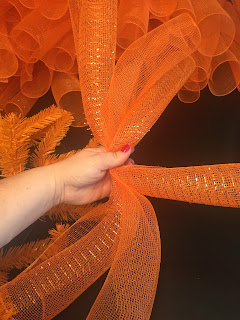People have probably told you "how expensive buying a home is" or something along the lines of "how much of a hassle it can be." Truth is, buying a home can be stressful, but it doesn't have to be a bad experience. You just need to be prepared!
Once you have found The One and have a binding agreement, there are some upfront costs that you will have to pay for before you get to the closing table.
- Earnest/Trust Money - Think of this as the deposit to your contract. Your trust money is showing that you are a serious buyer and you are not going all over your county submitting offers on different homes. Depending on the price range you are buying in, the amount of trust money required can fluctuate, but generally starts around $500.
- Appraisal Fee - Your mortgage lender will have to order an appraisal to make sure your new home is worth the money you are borrowing to purchase it. The loan program you have chosen to use will determine the cost. The average cost is currently about $500. This is NOT optional and you generally have to pay for it within the first 10-15 days after you negotiate your contract.
- Inspection Costs - Once you have an agreed upon and bound contract, you automatically enter the Inspection Period. As a buyer, you are entitled to complete any and all inspections that you feel are necessary to continue on the purchase of your home. These inspections are optional and you will be paying for them out of pocket.
- Home Inspection - During this inspection, a state licensed home inspector will thoroughly check the inside, outside, underneath, and top of your home. They are making sure the electrical, plumbing, roof, HVAC unit, appliances, etc are in working order. These professionals are licensed home inspectors, so keep in mind, for example, if several electrical outlets are reading incorrectly, the inspector will notate this on their report and recommend having a licensed electrician investigate further. The home inspection report given to you should be a thorough report of all of the inspector's findings and can easily be several pages long; even if there aren't many issues. There is no set fee for home inspections. Depending on the build, size, and age of your home, the inspector will set his own fee. These generally start at $250 and need to be paid prior to the inspection.
- Wood Destroying Insect (Termite) Inspection - These have recently become optional for most loan programs, but its still a good idea to have completed. A licensed pest control specialist will inspect the home for any historical or current evidence of termites. These inspection reports costs about $40-60 and they can generally be paid for at closing. If evidence is found during the inspection, you will not receive a "clean" termite letter, and can usually negotiate with the seller to have a treatment done before closing. (Even though these are currently optional, if an appraiser recommends an inspection and/or treatment, they are no longer optional and must be completed.)
- Utilities - Yes, having your electricity, water, and sewer turned on in your name can come with a fee too. All utility companies are different and its a good idea to find out which companies service your home early into the buying process.
Buying a home can be stressful, but by being prepared and working with a great lender and Realtor®, you will be quickly on your way to owning a new home and soaking up all of the benefits of home ownership.
TN License #324769 - Office License #255083
865-599-8780 direct/text, 865-579-3868 office
cmoodyhomes@live.com
865-599-8780 direct/text, 865-579-3868 office
cmoodyhomes@live.com

















